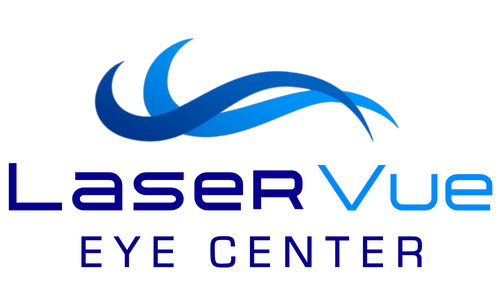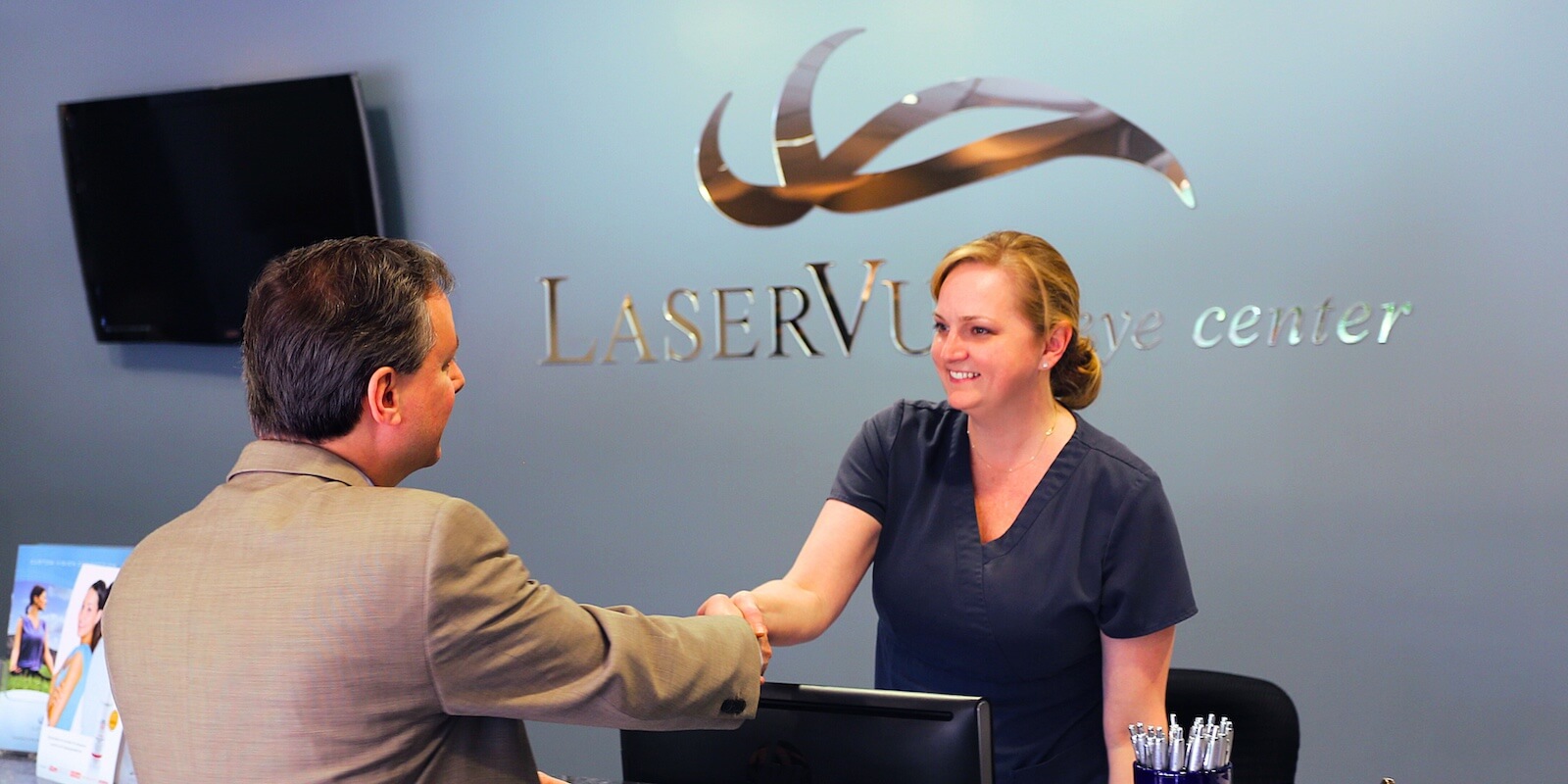Posted by: LaserVue LASIK & Cataract Center in LASIK,Technology

In a typical eye exam for glasses, an optometrist will measure your vision through a device called a phoropter by asking which view of the eye chart is clearer of two different choices. This is called a subjective refraction and is accurate to the degree that the patient can differentiate the two choices.
One problem with this type of exam is that the lenses which are placed in front of the patient consist of only two types: spherical and cylindrical. When prescribing glasses, this is adequate because glasses can only be given these same two shapes and correct for vision. Our vision has many aberrations besides just the spherical and cylindrical errors. We have aberrations that are termed “higher order aberrations”, which include coma, trefoil, spherical aberration, and others. Glasses cannot correct for these aberrations. With a laser vision correction, such as LASIK, the correction of higher order aberrations are a possibility. For many people, these higher order aberrations are very minor. There are some people who wavefront LASIK provides vision that is superior to standard LASIK or a glasses correction. Wavefront LASIK has been shown to reduce the possibility of glare or halos which can occur following LASIK surgery.
LASIK reshapes the cornea to provide excellent vision in most cases. LaserVue provides LASIK consultations in the San Francisco Bay Area and Santa Rosa.
